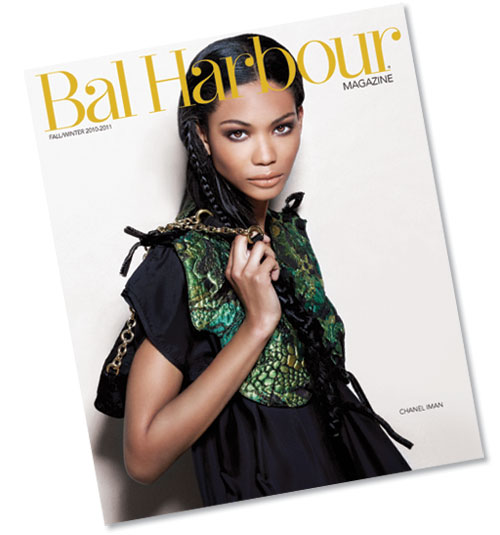 If you want to reach the high-end, luxury consumer – the buyers of watches, jewelry and haute couture – many brands believe that traditional media ads are the only way to do it effectively.
If you want to reach the high-end, luxury consumer – the buyers of watches, jewelry and haute couture – many brands believe that traditional media ads are the only way to do it effectively.
“Figures out today show that these ‘high luxury’ companies around the world still spent nearly three-quarters of their budgets (73 percent) on print advertising in newspapers and magazines in 2016, with this figure set to stay high in 2017, at 72 percent,” explains Lucy Handley on CNBC.
Around here we’ve long been preaching about print’s luxurious future as the perfect platform for this kind of high-end brand, and we aren’t alone.
“High-end luxury goods companies spent only 16 percent of their budgets on digital advertising in 2016, followed by outdoor billboards with 8 percent and TV at 3 percent, according to the report by media agency Zenith,” Handley reports.
Compare this to more mass market brands that are spending around 30% of their ad budgets on digital, in an age of increasing ad blocking and consumer malaise.
“Luxury advertisers are having to respond to consumers’ changing expectations,” said Vittorio Bonori, Zenith’s global brand president, according to Handley. “Consumers are now looking for luxury experiences that are personal and relevant to them, and targeted brand communication is central to creating this extra brand value.”
Is it working? It would appear so. Luxury goods group LVHM, a strong print advertiser, recently reported record high stock prices on the heels of a 15% sales increase over last year. For consumers of luxury goods, print indeed offers the engaging, lean-back experience within the context of a high fashion glossy that appeals to the fashion-savvy buyer.
It’s being called the “magazine moment.” It’s that certain something that the luxury magazine experience provides that simply can’t be replicated in digital.
“It is very hard to replicate the physical allure of a luxury magazine on other platforms,” said Vogue’s Nicholas Coleridge in an interview last fall with Mark Sweney in The Guardian. “[It is] something to do with the sheen of the paper, the way that the ink sits on the page, the smell of money and desire that wafts off the page. Readers move into a different mode when they engage with a glossy. Advertisers understand this.”
To reach those upscale buyers, traditional print continues to serve.

May 2, 2017, 3:08 pm